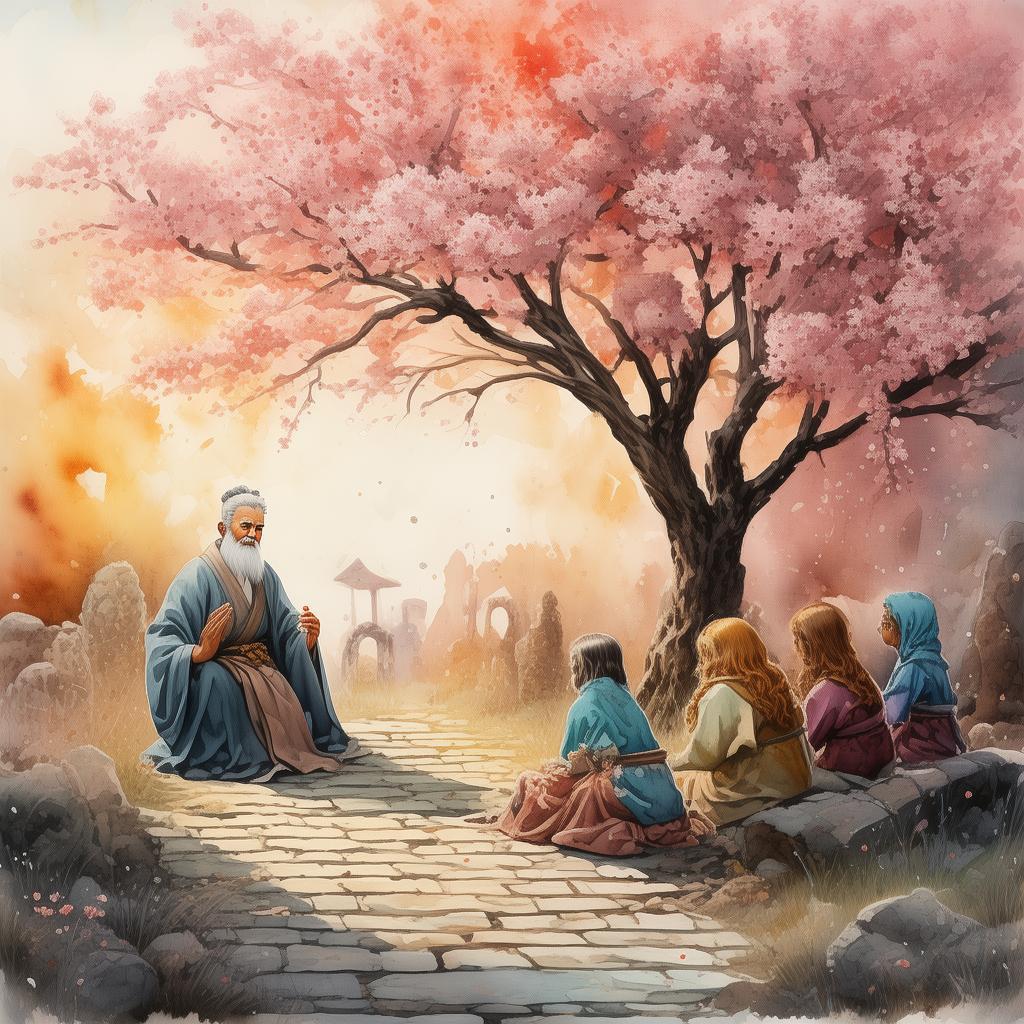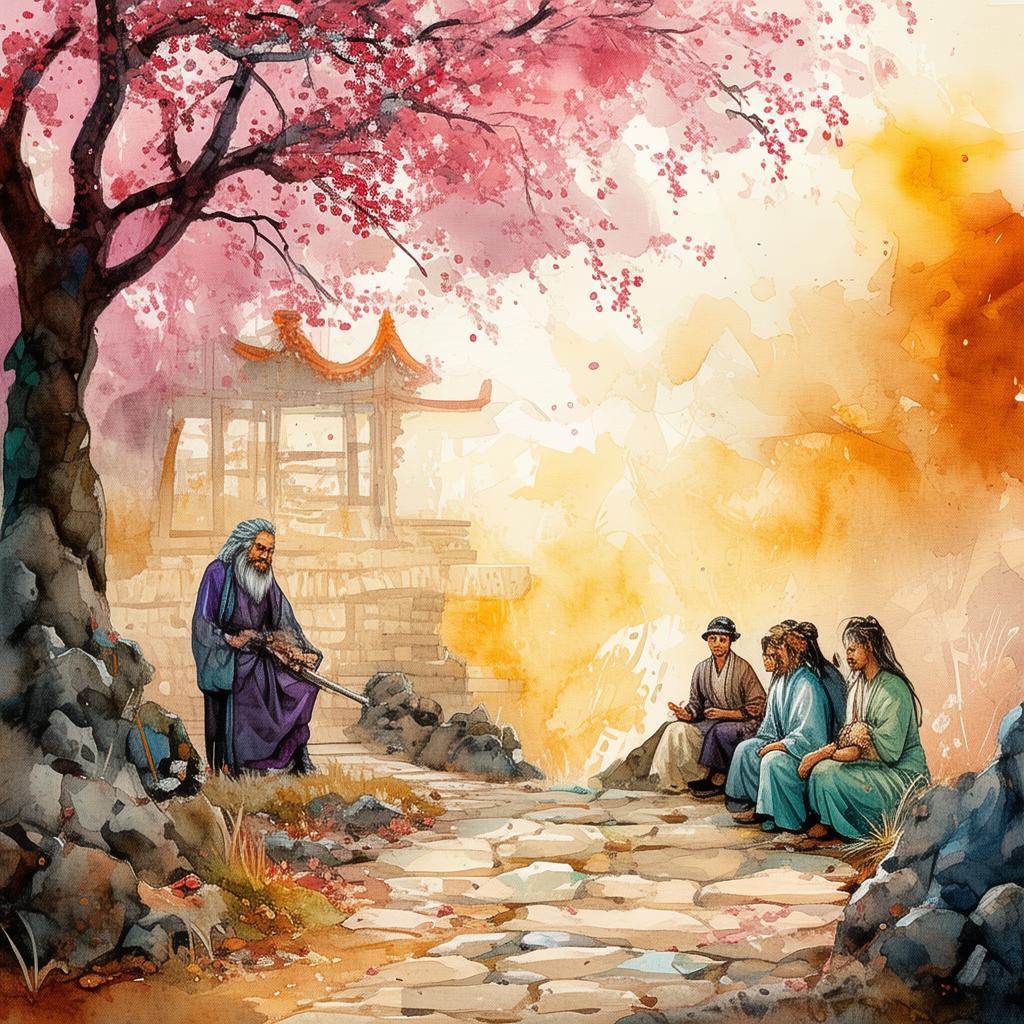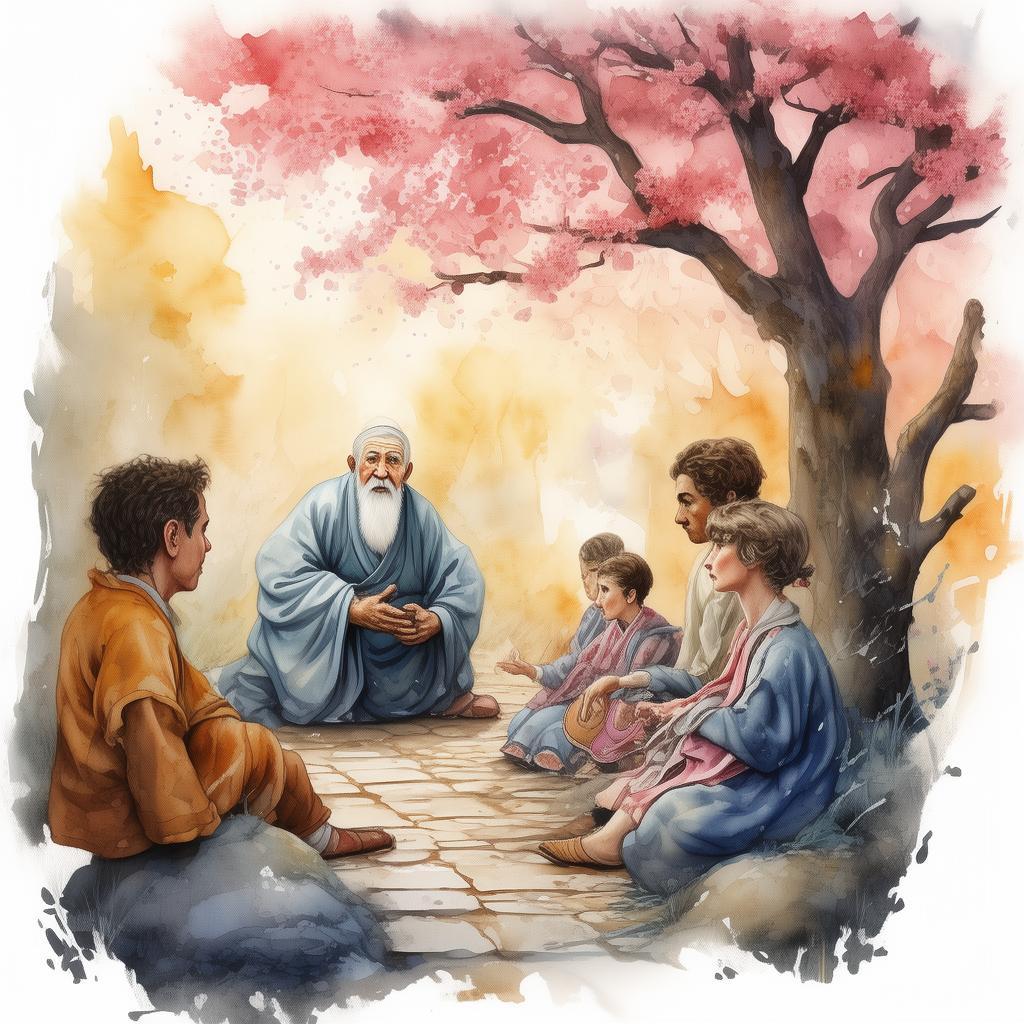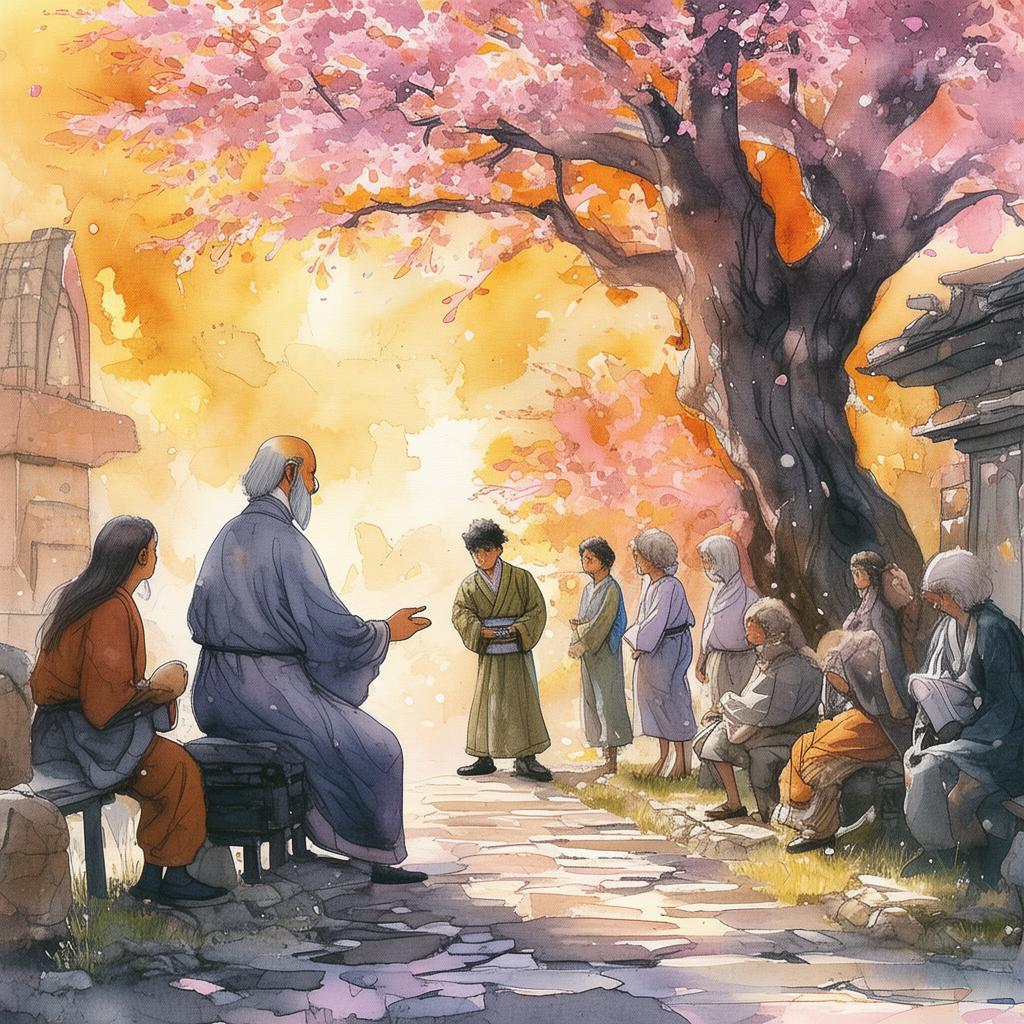The Tribulations of the Three Tides: A Tale of Unity and Separation
In the land of The United Tribes of the Timeless Tides, the world was divided by three mighty tides that surged and receded, shaping the lives of the tribes that lived along their banks. The Eastern Tribes, the Western Tribes, and the Southern Tribes each revered their own tide, and for centuries, they lived in harmony, each tribe bound by the rhythms of their respective waters.
The Eastern Tribes, ruled by the wise Queen Li, revered the Silver Tide, a gentle and life-giving current that brought prosperity and tranquility. The Western Tribes, led by the brave King Wu, worshipped the Iron Tide, a powerful force that forged the land and provided strength and resilience. The Southern Tribes, guided by the compassionate Princess Ning, followed the Jade Tide, a serene stream that brought healing and tranquility to all who touched it.
The three tides were bound by a single, ancient saying: "As one tide, so one people." It was a phrase that reminded the tribes of their common origin and their shared destiny. Yet, despite this bond, the tides themselves were often at odds, their currents clashing and their waves sometimes rising in fury, threatening to tear the United Tribes apart.
One day, a great storm swept over the land, and the tides roared with such force that they threatened to engulf the entire realm. The Eastern, Western, and Southern Tribes came together in a desperate bid to protect their home, but the storm's power was too great for them to control alone.
It was then that an ancient sage emerged, a figure of great wisdom and power known to the tribes as the Keeper of the Tides. The Keeper spoke to the leaders of each tribe, his voice calm and resolute.
"The storm may be fierce, but it is but a passing phase. To weather this tempest, we must remember the words that unite us: 'As one tide, so one people.' If we stand together, we shall be as strong as the Silver, Iron, and Jade Tides themselves."
The leaders nodded, understanding the Keeper's words. They turned to their people and called for unity. The tribes began to work together, pooling their resources and knowledge to construct a great barrier that would protect their land from the storm's wrath.
As the barrier was raised, the storm began to wane, its power sapped by the combined might of the United Tribes. The Silver, Iron, and Jade Tides flowed together, their currents merging into a single, powerful force that protected the realm from destruction.
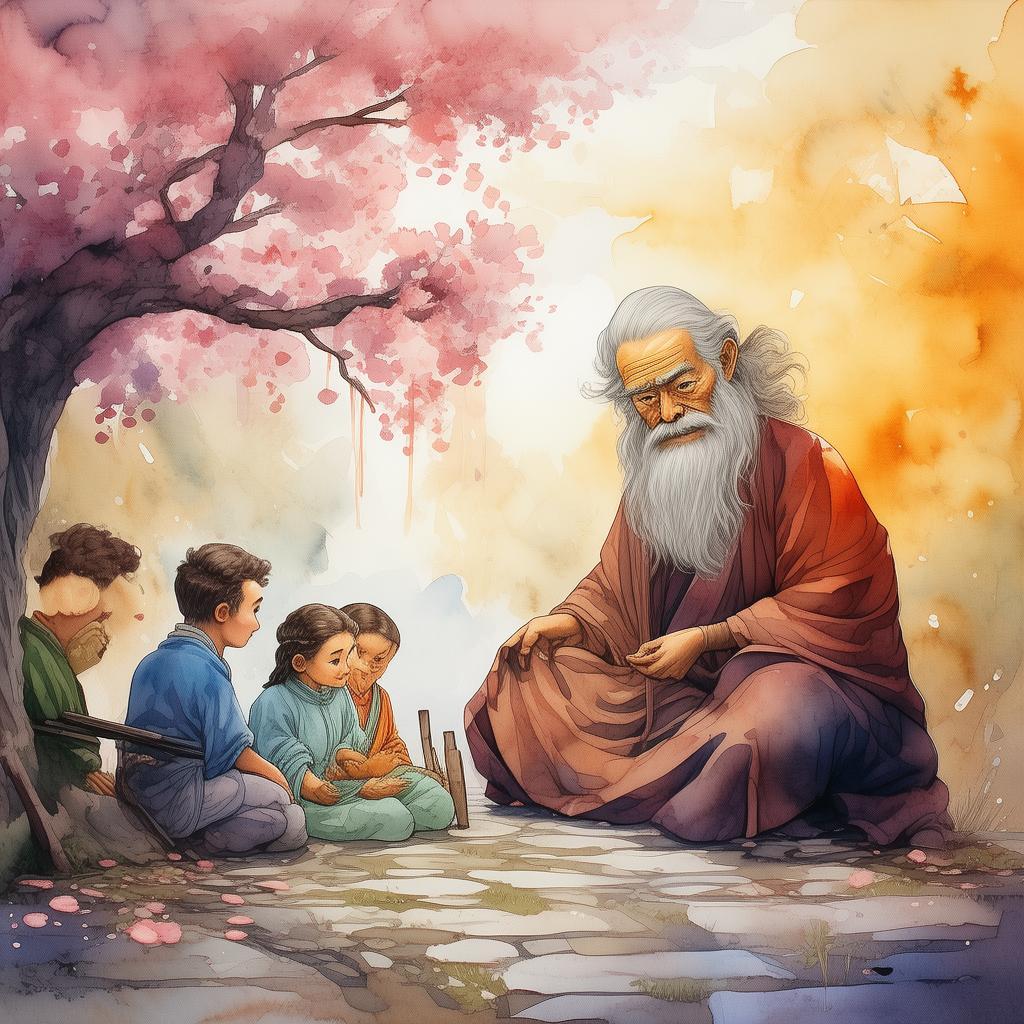
In the aftermath of the storm, the United Tribes were stronger than ever. The Eastern, Western, and Southern Tribes had learned that their unity was their greatest strength, and they vowed to uphold the ancient saying "As one tide, so one people" for generations to come.
However, as time passed, the memory of the storm began to fade. The Eastern Tribes, with their prosperity, began to grow complacent, and the Western Tribes, with their newfound strength, began to seek power over their neighbors. The Southern Tribes, while still compassionate, found themselves caught between the ambitions of the other two tribes.
The ancient saying "As one tide, so one people" was forgotten, and the United Tribes once again faced the threat of separation. The Eastern and Western Tribes clashed over resources, and the Southern Tribes, caught in the middle, found themselves at the mercy of the stronger powers.
It was then that a young scholar from the Eastern Tribes, named Wei, set out on a journey to find the ancient sage, the Keeper of the Tides. He sought to remind his people of the unity that had once protected them, and to find a way to restore the balance between the tribes.
Wei traveled through the land, meeting with leaders and common folk alike, sharing the story of the storm and the ancient saying. He spoke of the power of unity, and how it could once again protect the United Tribes from the dangers that lay ahead.
As Wei's message spread, the Eastern Tribes began to question their complacency, and the Western Tribes, seeing the strength in unity, reconsidered their aggressive stance. The Southern Tribes, ever compassionate, welcomed Wei's message with open arms.
The three tribes once again came together, united by the memory of the storm and the wisdom of the ancient sage. They built a new barrier, not of stone and wood, but of trust and understanding. The Eastern, Western, and Southern Tribes stood side by side, their three tides flowing together as one.
And so, the United Tribes of the Timeless Tides were saved from separation, their bond strengthened by the trials they had faced. The ancient saying "As one tide, so one people" was once again remembered, and the three tribes stood together, united and ready to face whatever challenges lay ahead.
In the end, the tale of the three tides taught the United Tribes that true strength came not from the might of their tides, but from their unity. It was a lesson that would endure for generations, a testament to the power of unity in the face of adversity.
✨ Original Statement ✨
All articles published on this website (including but not limited to text, images, videos, and other content) are original or authorized for reposting and are protected by relevant laws. Without the explicit written permission of this website, no individual or organization may copy, modify, repost, or use the content for commercial purposes.
If you need to quote or cooperate, please contact this site for authorization. We reserve the right to pursue legal responsibility for any unauthorized use.
Hereby declared.


